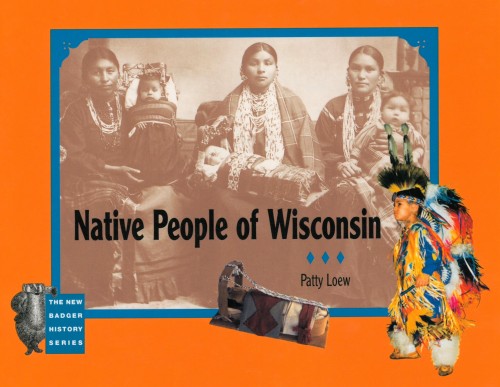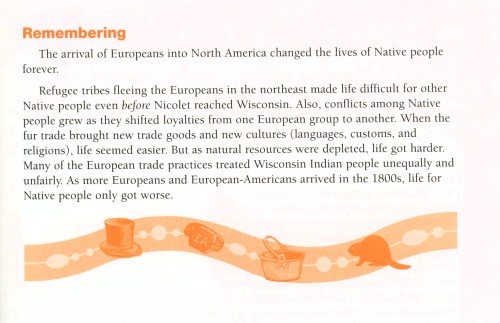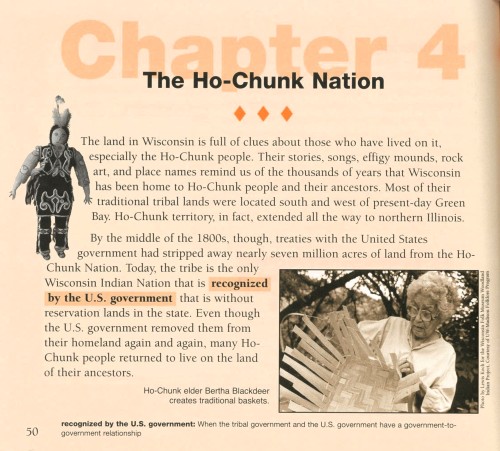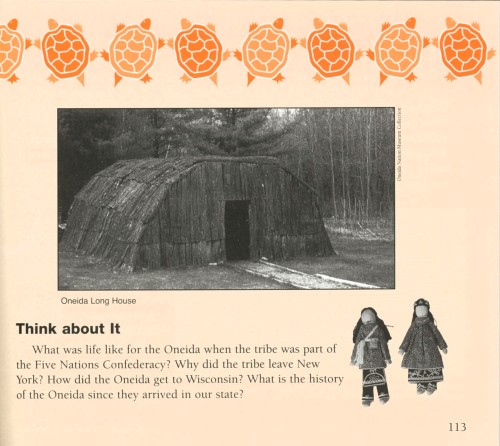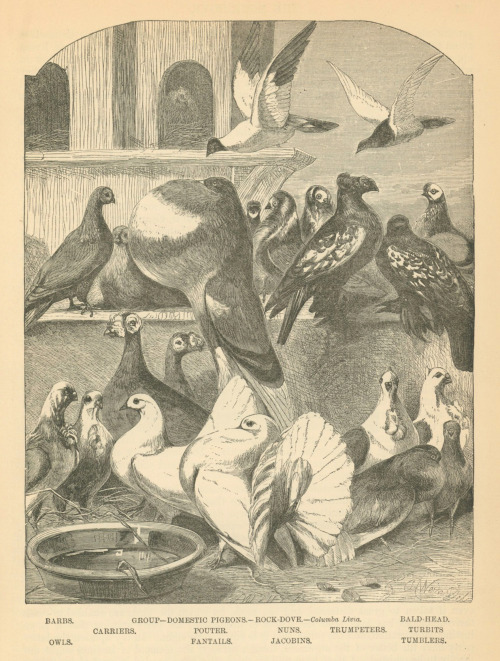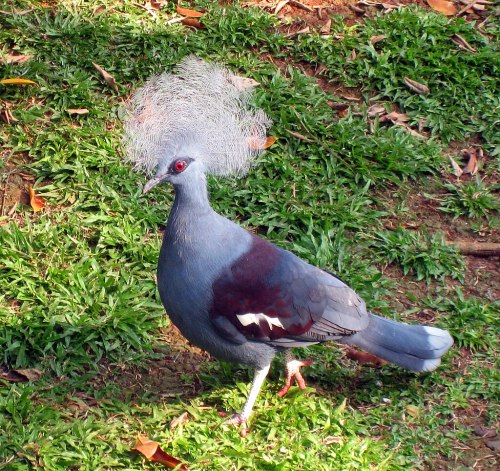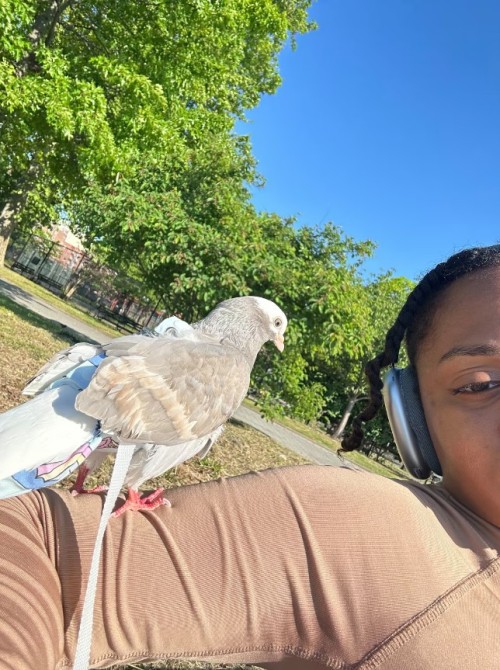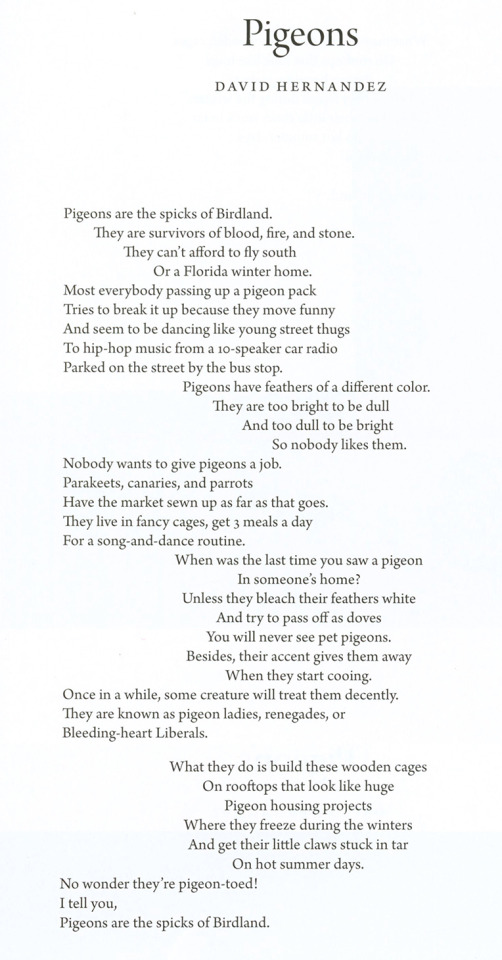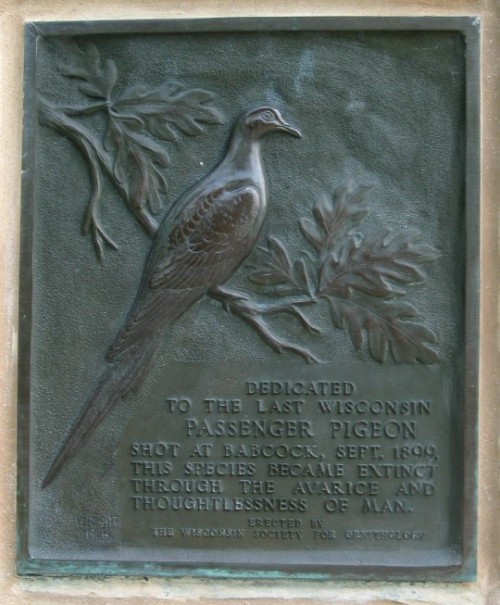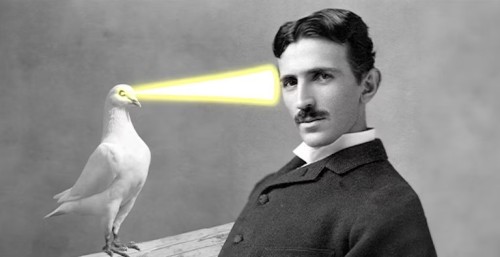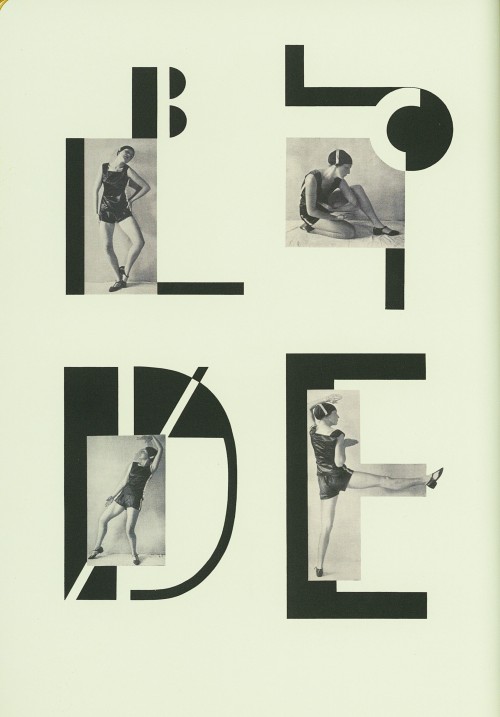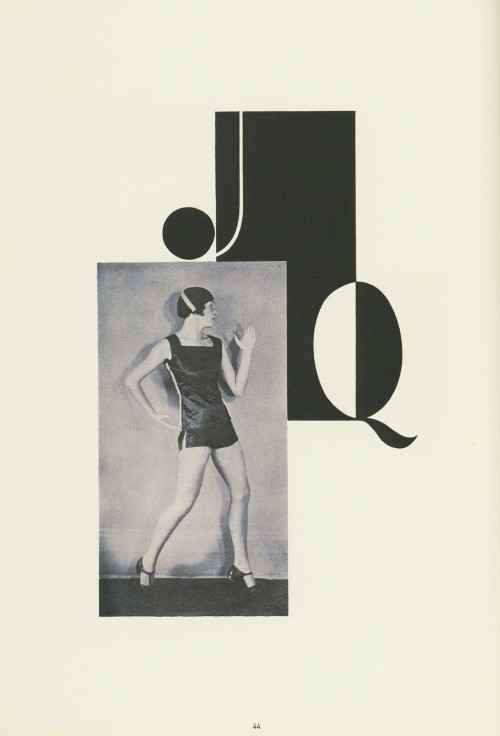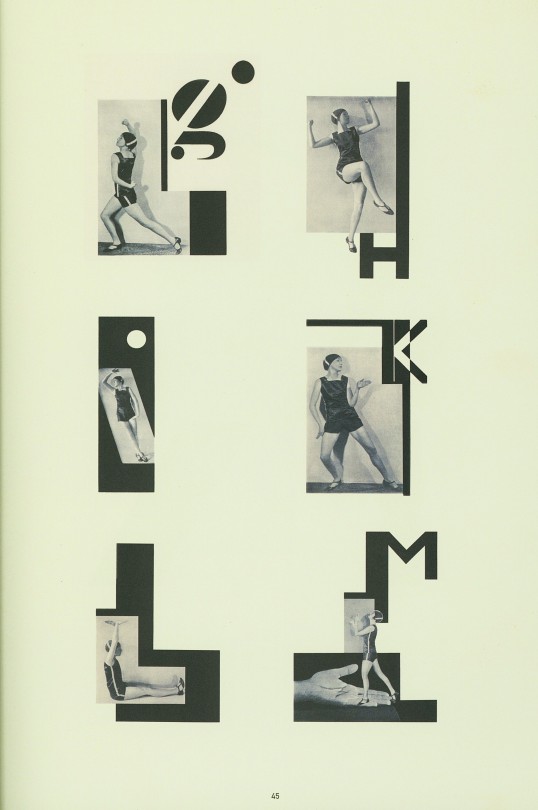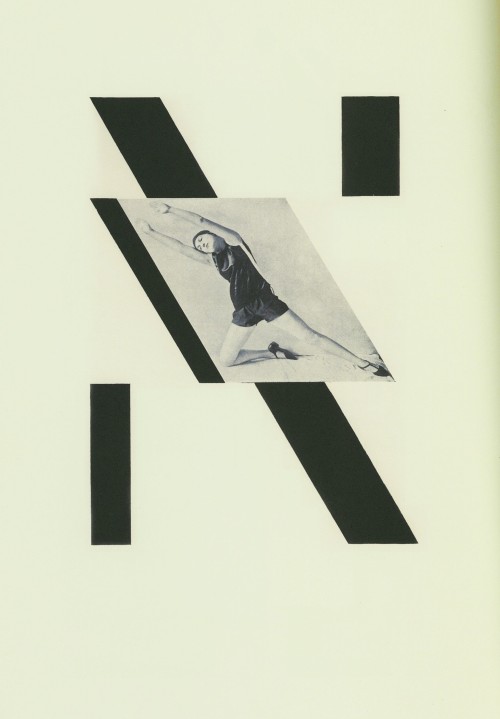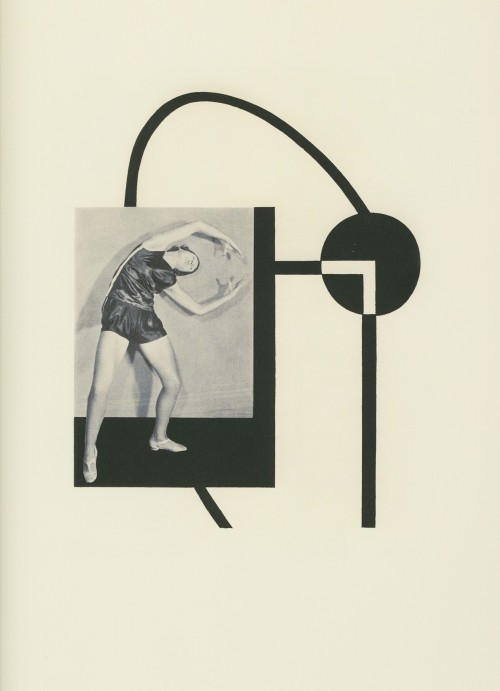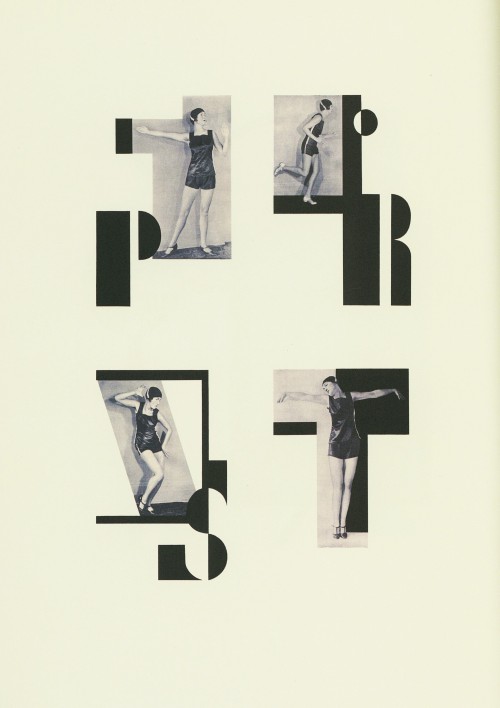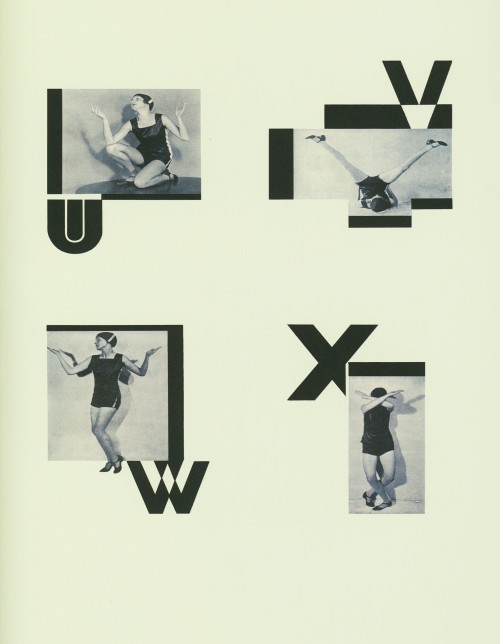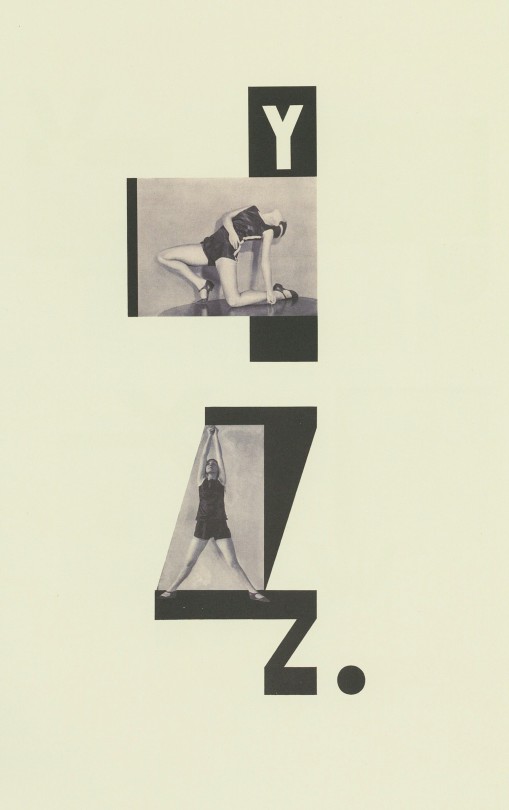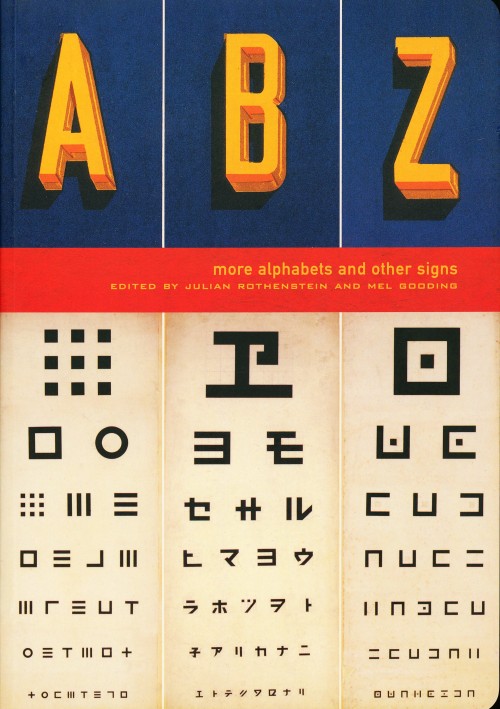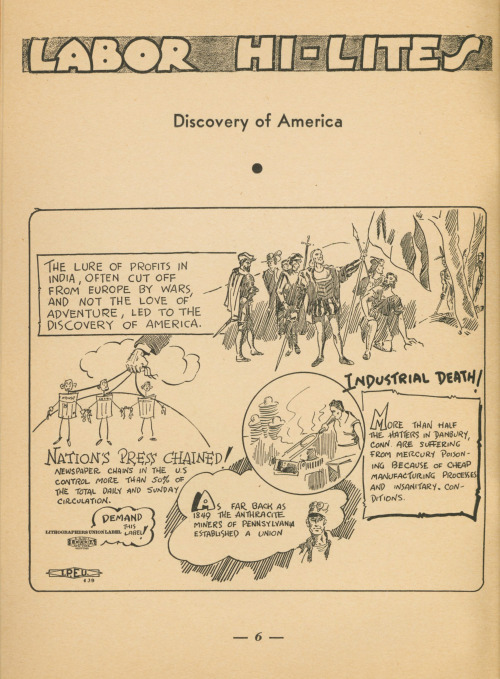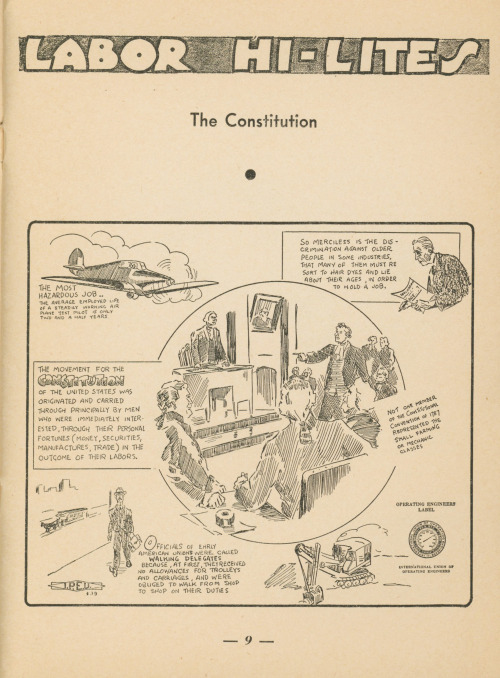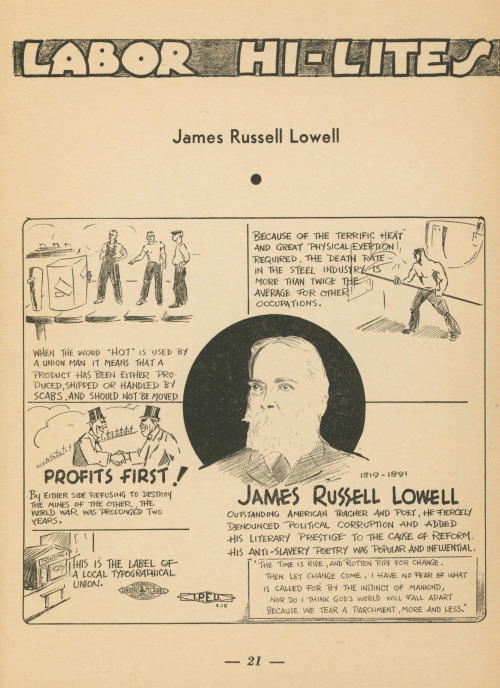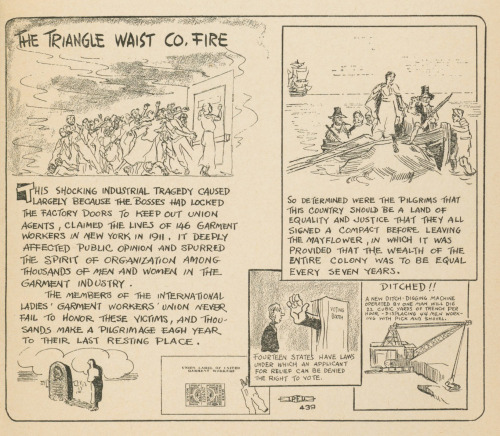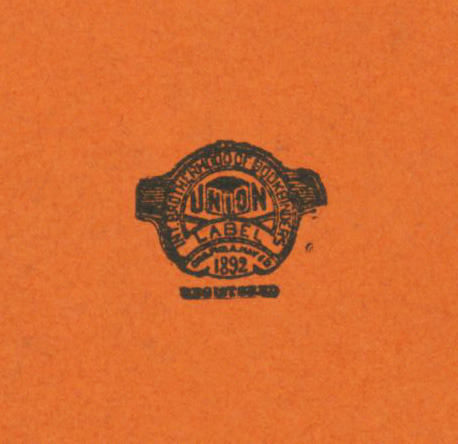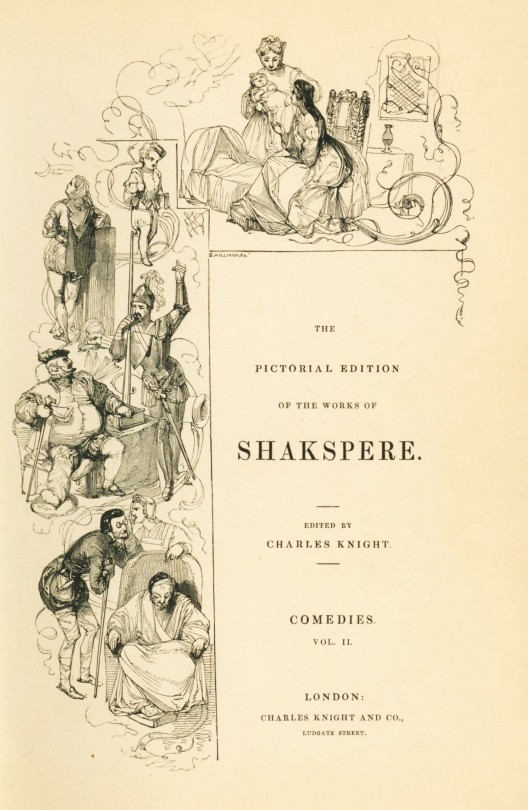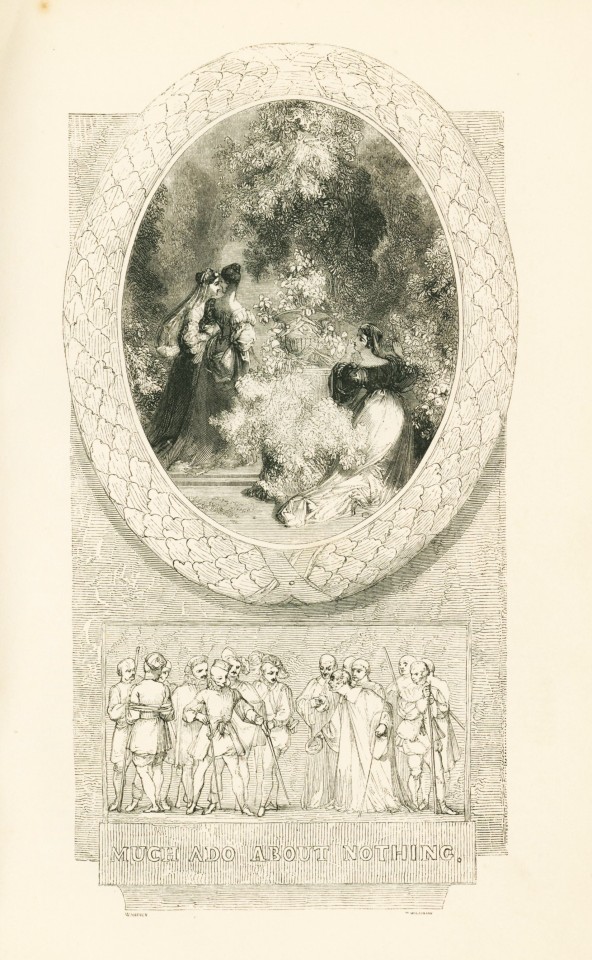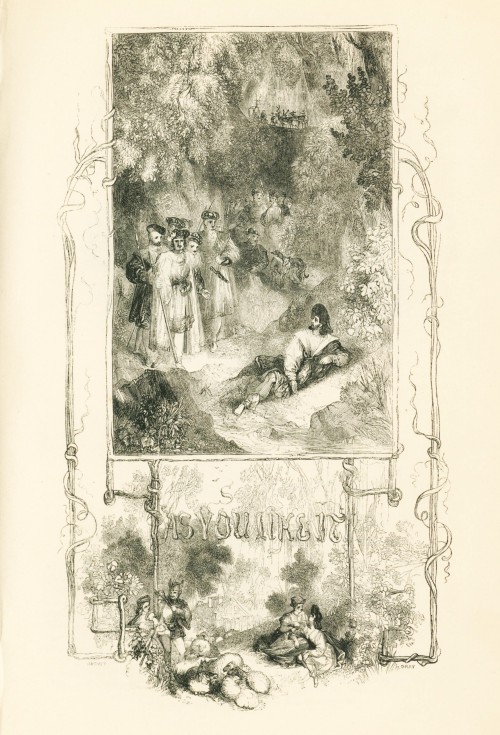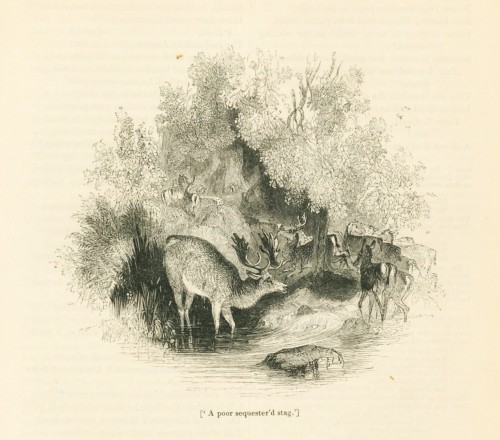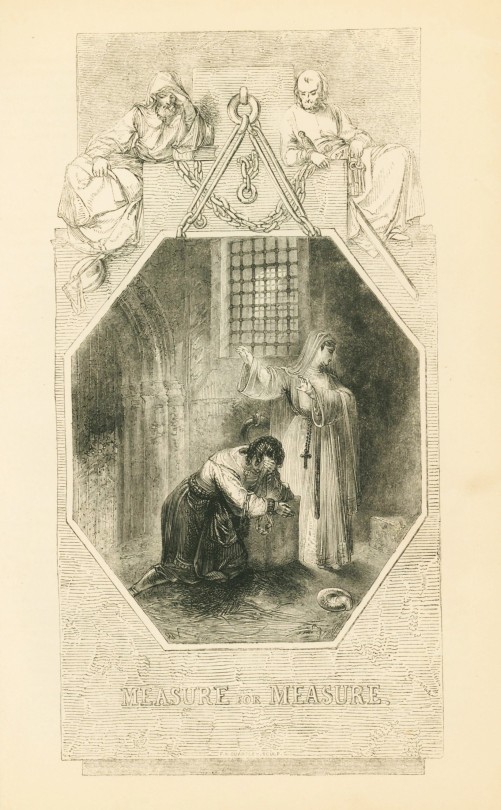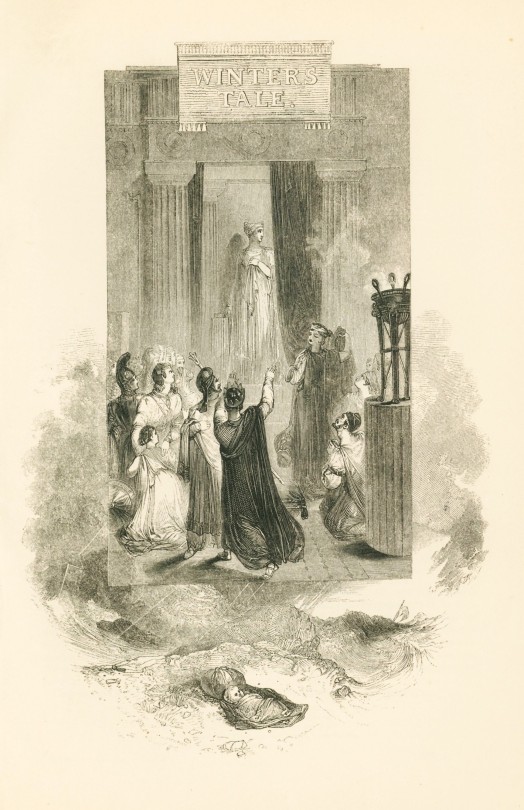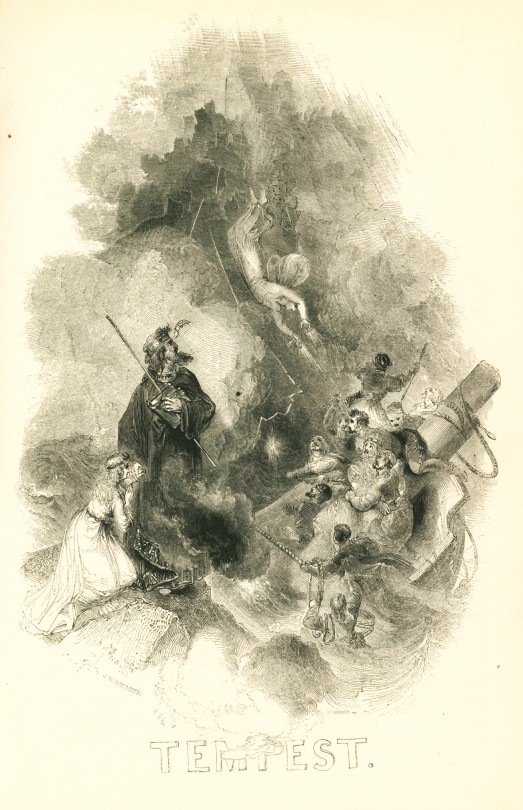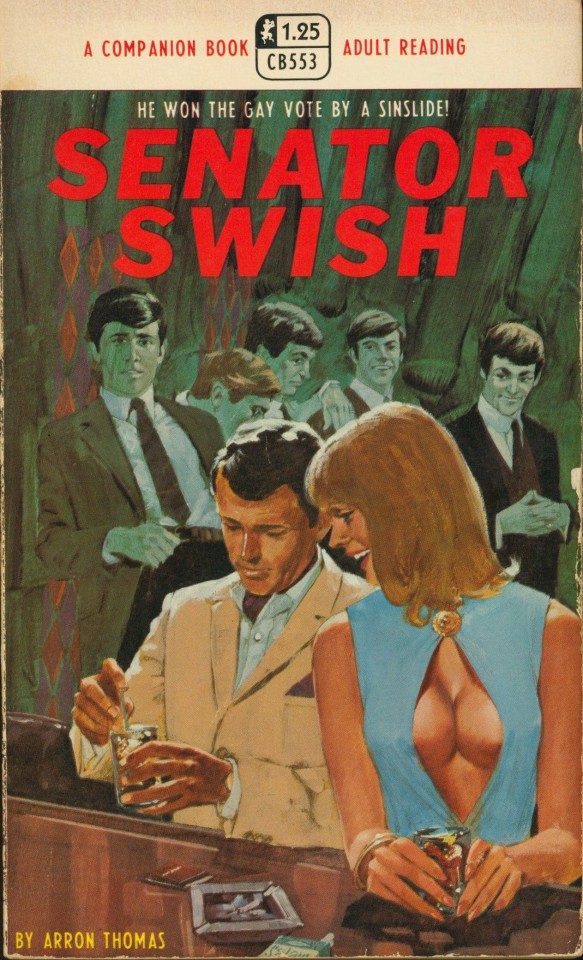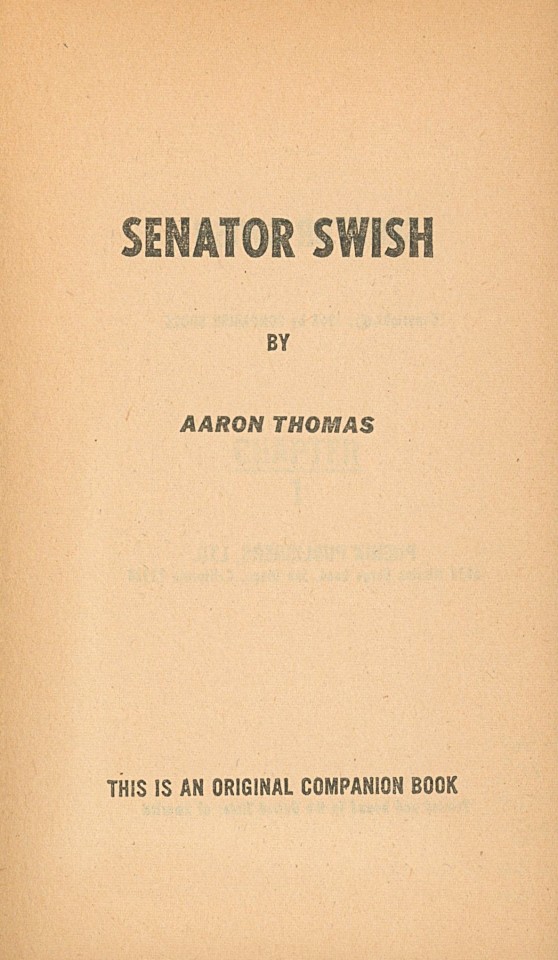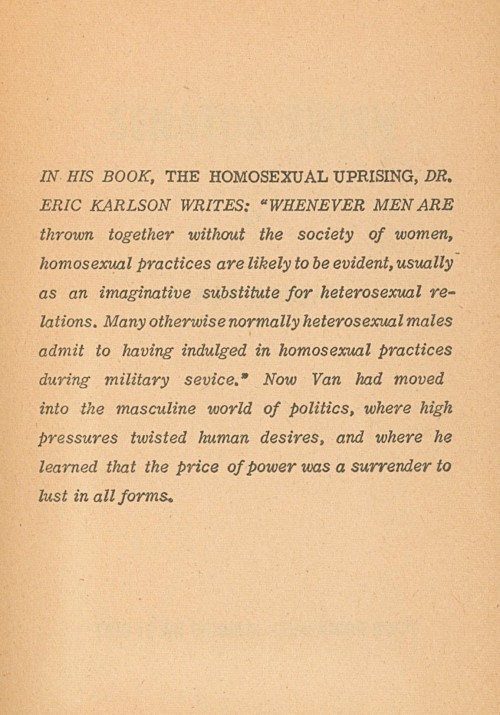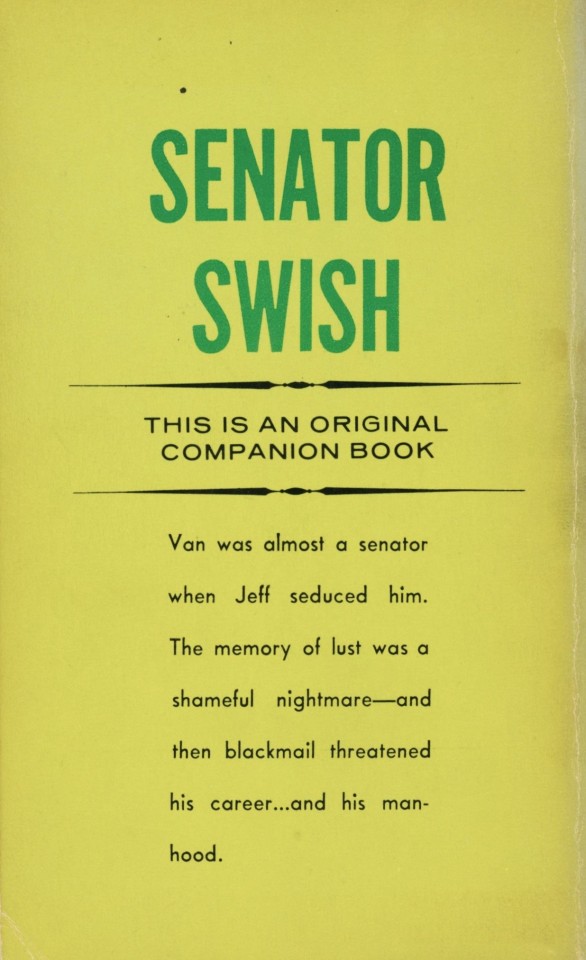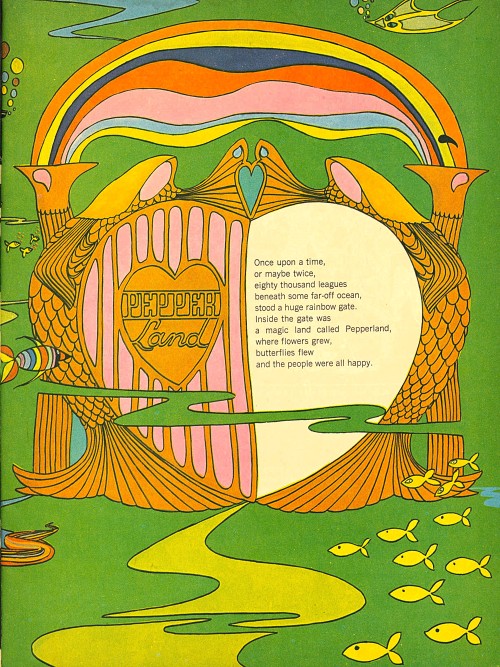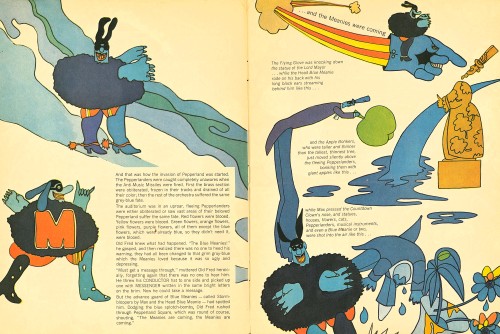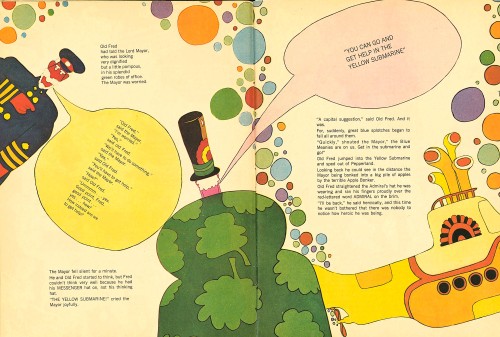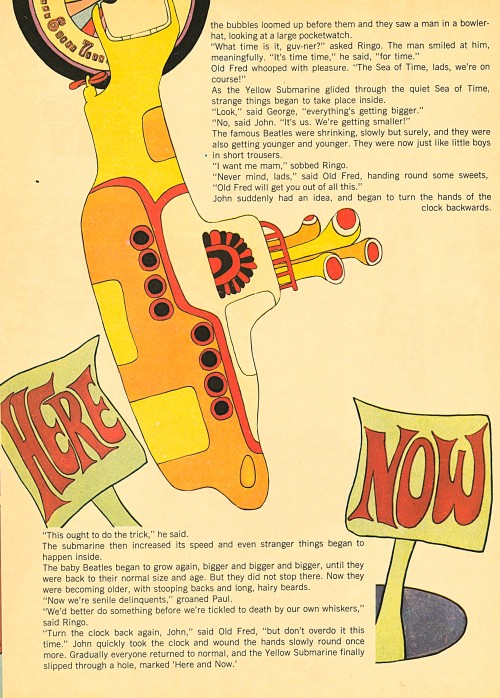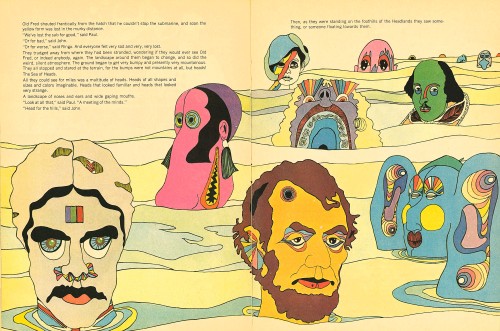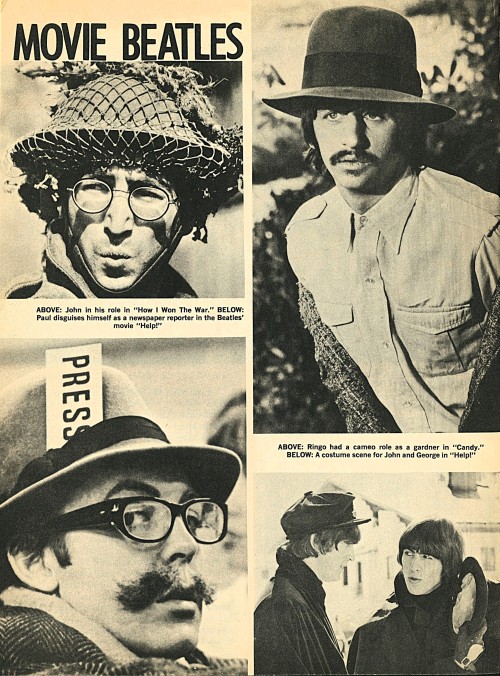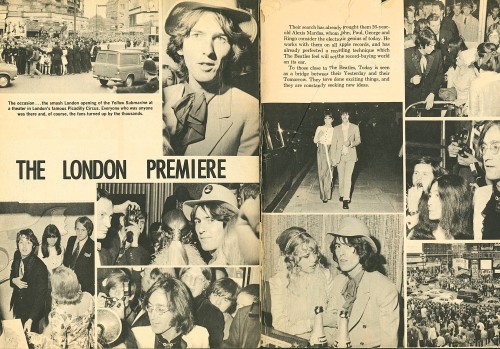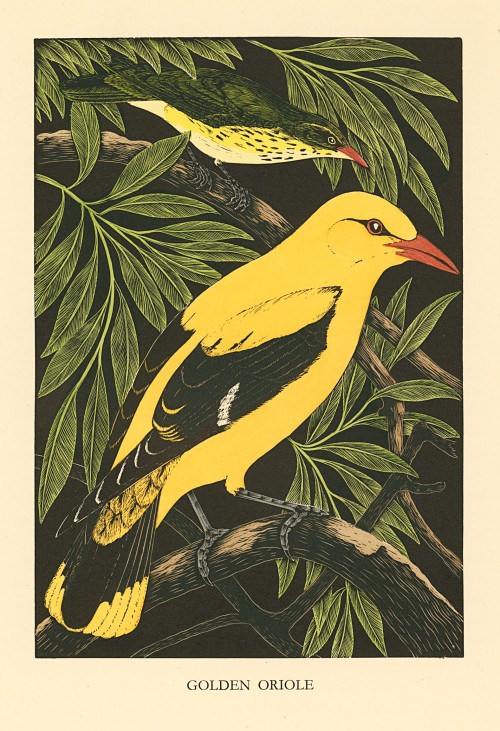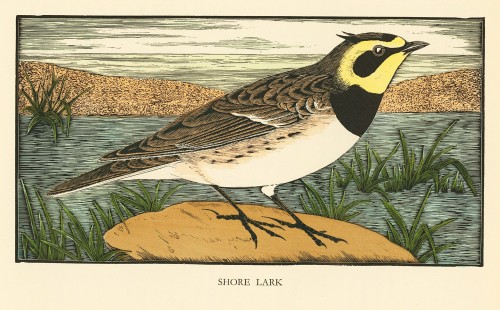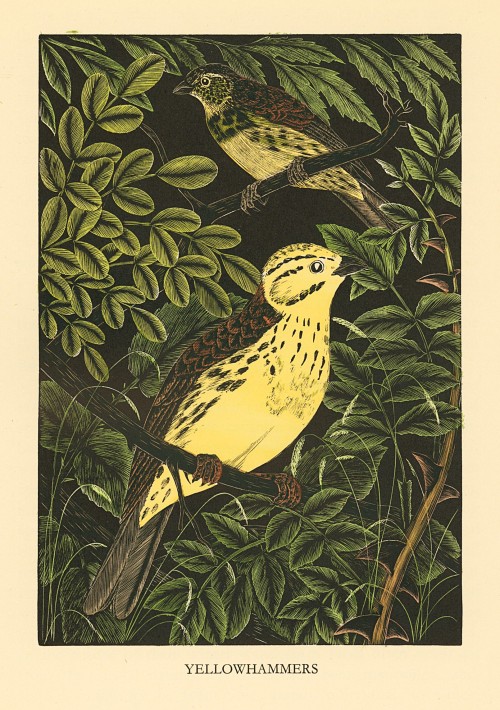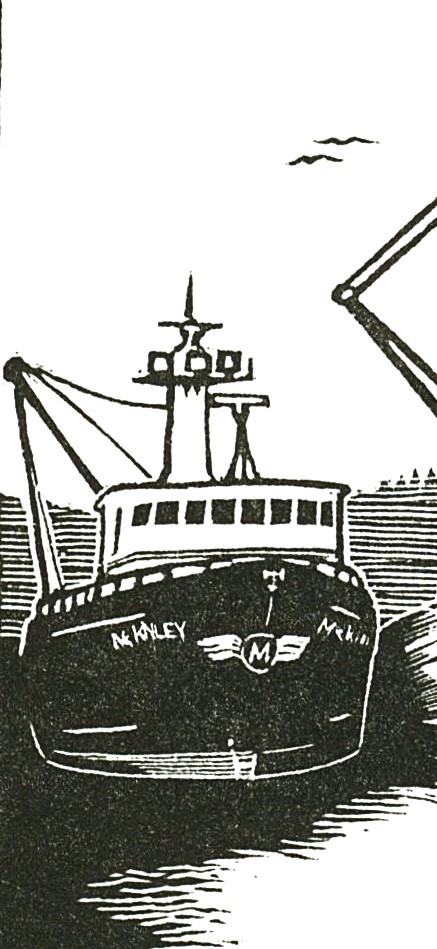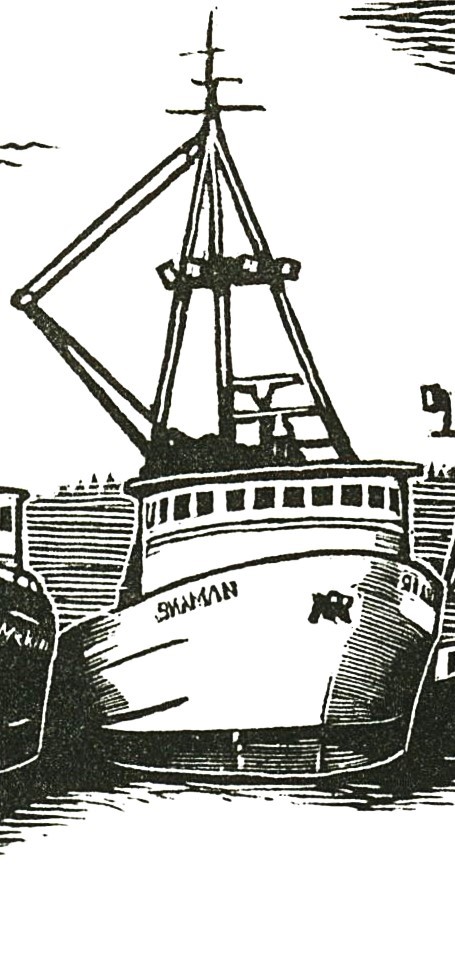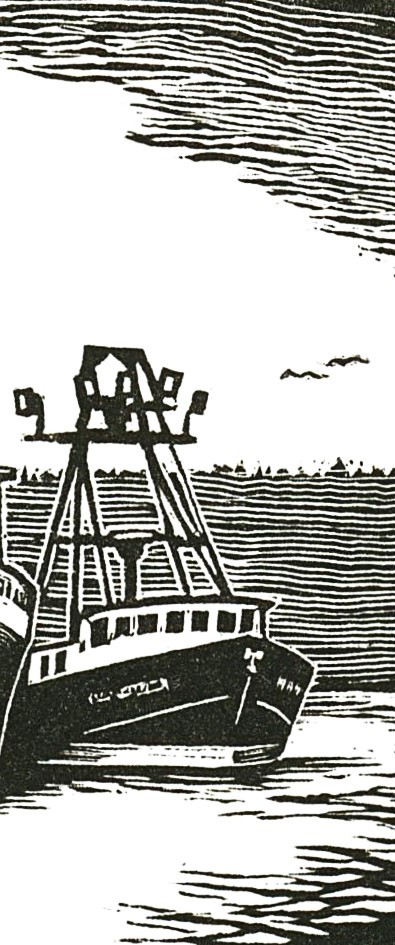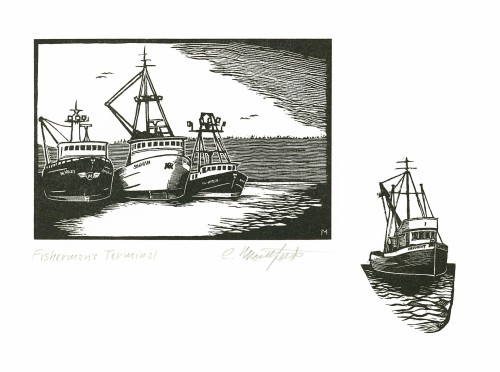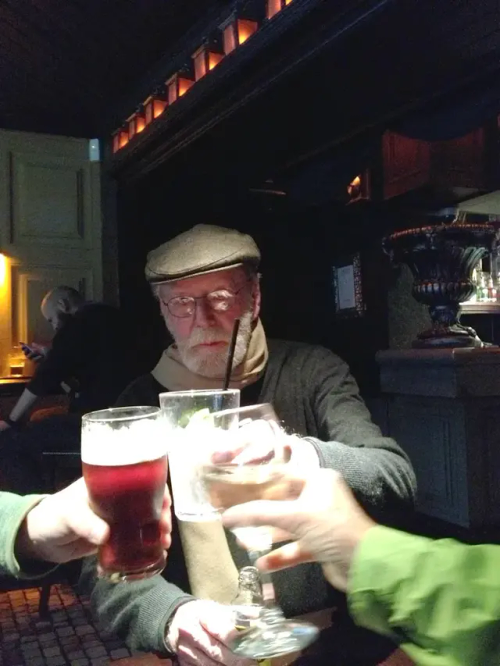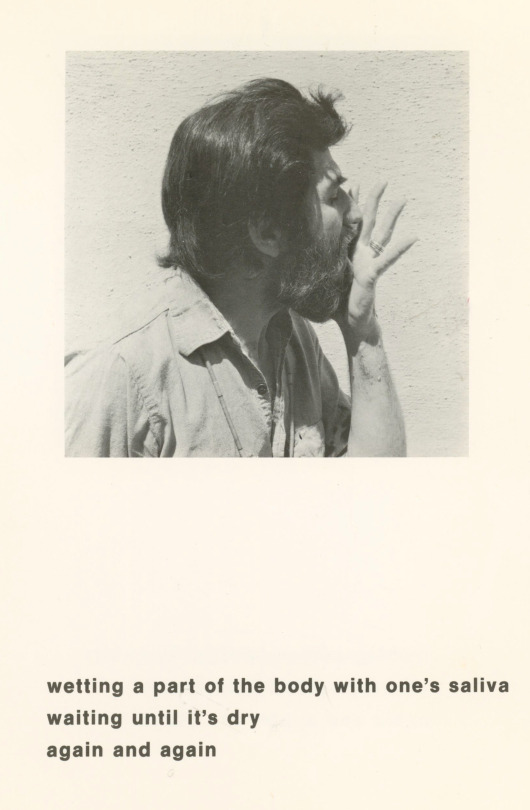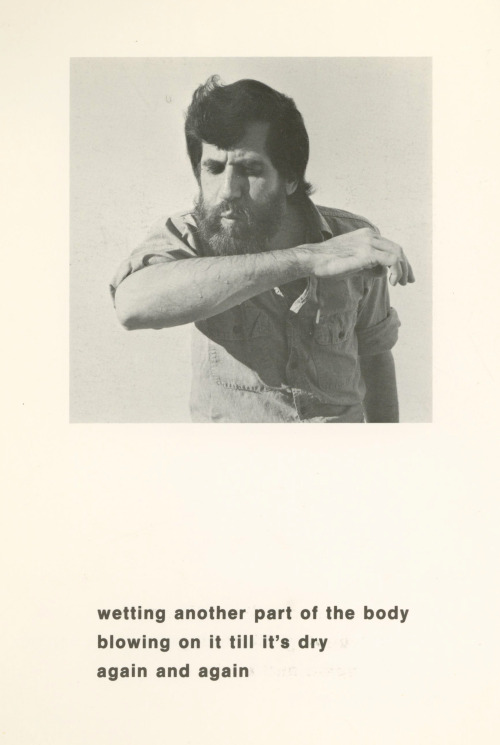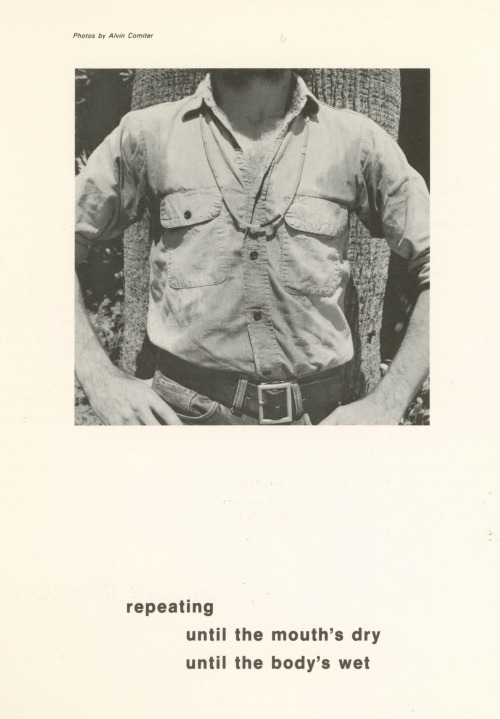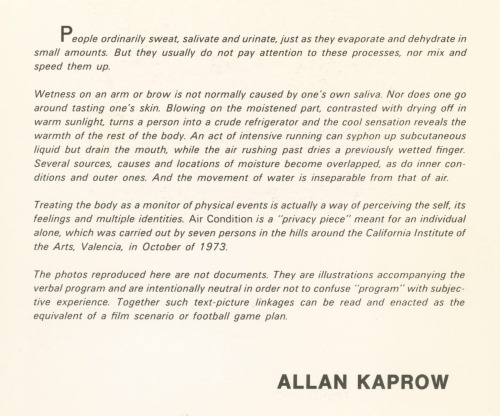Steamy Saturday
- “ … without the society of women, homosexual practices are likely to be evident… .”
- “Now Van moved into the masculine world of politics … where he learned that the price of power was a surrender to lust in all forms.”
- “Van was almost a senator when Jeff seduced him… and then blackmailed his career … and his manhood.”
Senator Swish by Aaron Thomas (misspelled Arron on the cover), published in 1968 by adult-book publisher William Hamling’s Phenix Publishing/Greenleaf Classics in San Diego as part of its Companion Book series, has a plot line where the main character goes beyond binary choice and learns to accept his bisexuality.
The story line is a little complicated, but here’s a synopsis: Van is a successful L.A. lawyer tapped to run for senator. His girlfriend Jennifer works in the fashion industry and is off on assignment for a couple of weeks. While she’s gone, her college-student brother Jeff shows up, and Van soon learns that Jeff is gay, which upsets him greatly. Nevertheless, Jeff manages to seduce Van, and while he’s conflicted about his sexuality, Van certainly enjoys his time with Jeff. Still, if this affair came out, it would jeopardize his run for senator, and then of course there’s Jennifer. Van decides to get Jeff an apartment so he can be with Jennifer and have her brother on the side. Yeah, that’ll work out great; problem solved.
Jennifer eventually returns and Van tells her that her brother has returned from college. Jennifer is confused and proves to him that her brother is still in Ohio at college. Plot twist! Jeff is not who he says he is! Turns out, this rather elaborate ruse by ersatz-Jeff was just a complicated (and not very believable) frame to blackmail Van! Oh no! But, Jennifer and Van turn the tables on counterfeit-Jeff (how? No spoiler here!), and Jennifer, while hurt by the affair that almost ruined their lives, forgives Van because, after all, she works in the fashion industry and understands the queer world where men can “go both ways.” Oh, lucky Van! They agree to marry, and presumably live happily ever after. We never do learn whether Van becomes a senator, however.
We don’t have any information on the author Aaron Thomas, although the name is used as author for quite a number of gay pulp novels, but we do know that the cover art (apparently trying to appeal to multiple sexual orientations?) is by noted artist and illustrator Darrel Millsap (1931-2012).
View other gay fiction posts.
View more LGBTQ+ posts.
View other pulp fiction posts.
